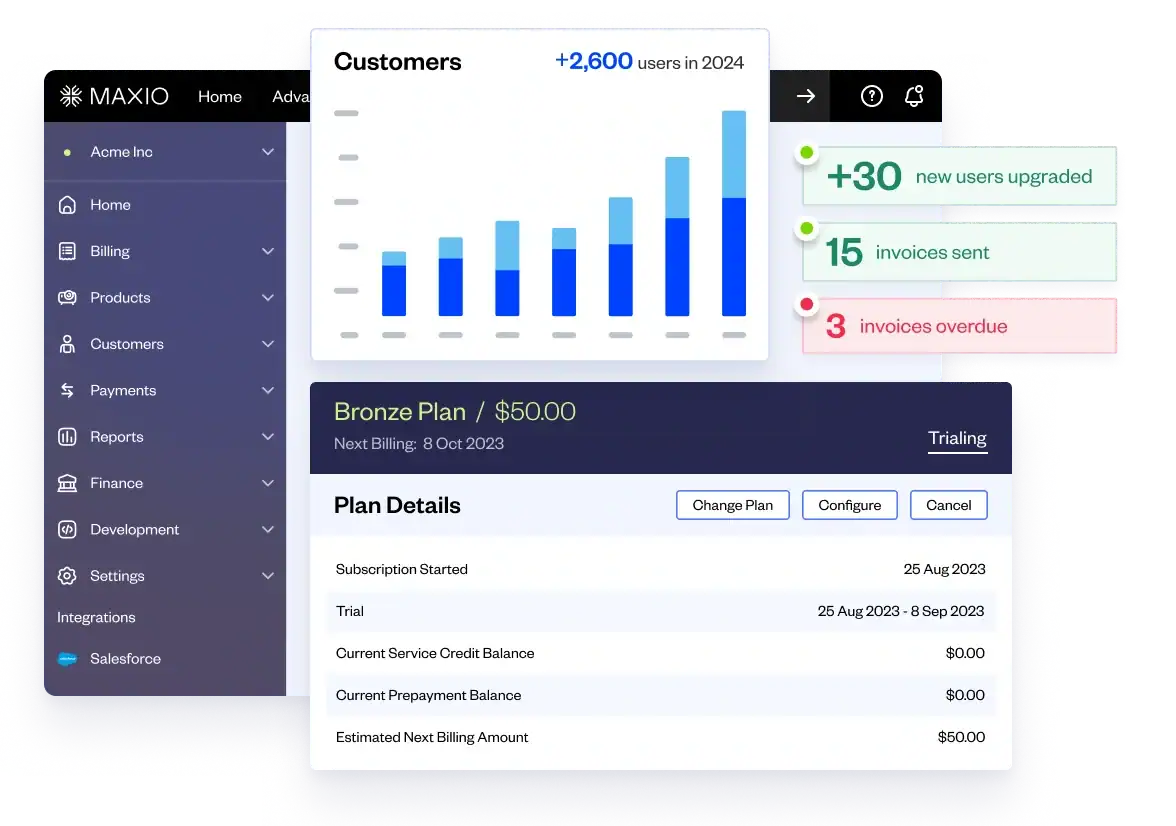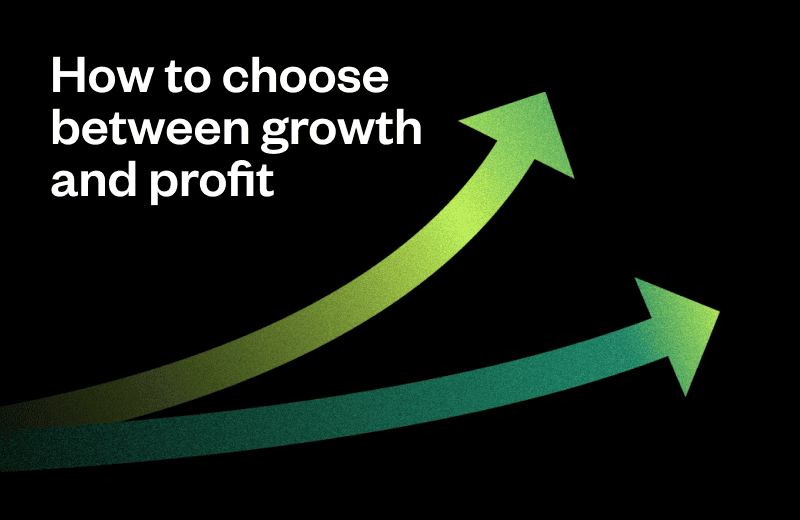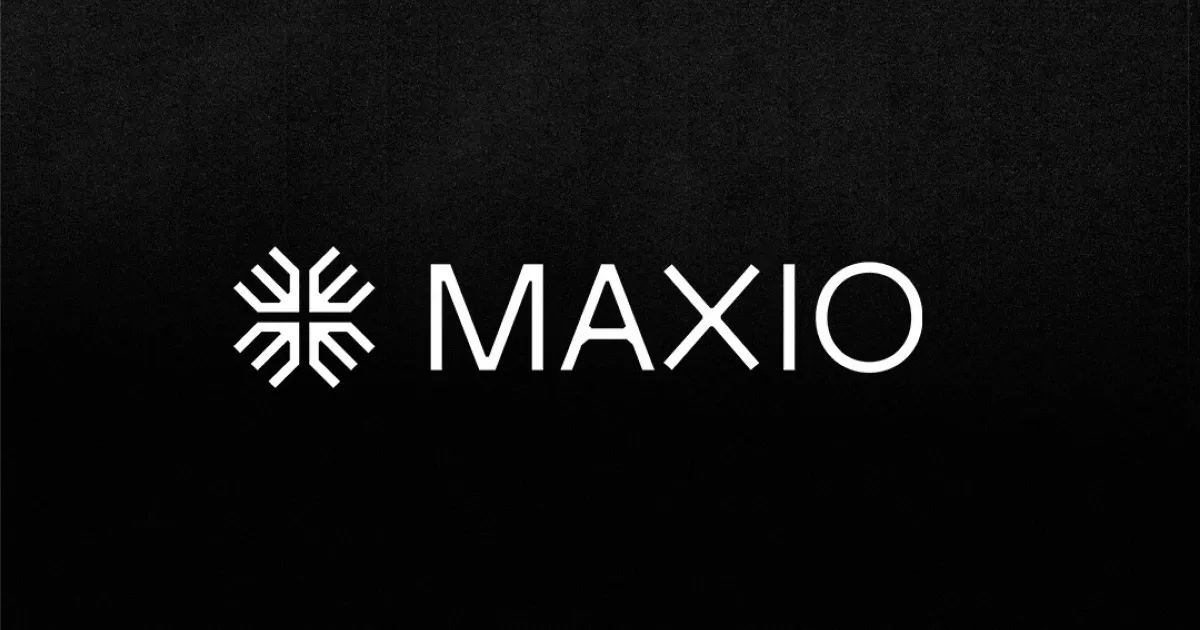The old marketing addage, “It costs more to get a new customer than it is to retain one,” has been proven time and time again.
And for SaaS companies, this couldn’t be more true. According to the RAIN Group, it takes 8 marketing touches to get an initial meeting with a potential customer and who knows how many more meetings, demos, and sales pitches after that until they convert. All of those marketing campaigns and salesperson hours cost (a lot of) money.
Thankfully, the prevalence of subscription-based plans in the SaaS industry keeps customers chugging along, working in your platform, and covering your costs for software development. Assuming, of course, they don’t find a reason to leave.
But sometimes they do. In fact, KeyBanc Capital Markets’ 2022 Private SaaS Company Survey reported that most respondents indicated an average of roughly 10% of ARR that had been up for renewal but failed to realize.
So what leads a paying customer to defect—and more importantly, how do you prevent it? In this article, we’ll review the challenges of retaining customers, provide goal customer retention rates and metrics, and wrap up with ten of our favorite customer retention strategies to achieve predictable revenue growth over time.
The challenges of SaaS customer retention
As explained above, while customer retention is vital to any business, it’s even more critical for SaaS companies. Subscription-based business models rely on customers staying continually subscribed, and using subscription management software helps ensure a smoother experience that supports long-term profitability.
Unfortunately, there are various reasons an existing customer might opt for a new software solution, and your key to combating these challenges is to first know what you’re up against. Below are some of the common challenges associated with SaaS customer retention.
- Market competition: With numerous SaaS companies offering similar services, customers have more options to choose from. SaaS companies must remain competitive to retain their customers.
- Low customer satisfaction rates: Customer satisfaction is critical to retaining customers, as dissatisfied customers are significantly more likely to switch to a competitor.
- Non-competitive pricing: SaaS companies must price their services competitively to retain customers. High prices may lead to customer churn, while low prices may negatively impact the company’s profitability.
- Declining product/service quality: SaaS companies must deliver high-quality products/services to retain customers. Poor-quality services will almost certainly lead to customer churn, negative reviews, and damage to the company’s reputation.
- Inefficient onboarding: It’s crucial to ensure that the onboarding process is smooth and efficient to prevent customers from churning. Do not underestimate how quickly a customer will choose one service over another based on convenience.
There are more challenges for SaaS customer retention to be sure, but these are some of the biggest ones. However, by optimizing and keeping tabs on the customer experience, nearly all of these challenges can be mitigated.
Metrics for measuring customer retention
So, how does one ‘keep tabs on the customer experience,’ you may wonder?
To effectively manage customer retention, your best bet is to measure and track the following SaaS metrics and KPIs over time. This data will help you identify areas of improvement and spot issues before they hurt total revenue. The most important and indicative metrics to watch include:
- Customer Lifetime Value (CLV or LTV) measures the total revenue a customer is expected to generate over the entire period of time they use a company’s products/services. CLV = Customer Value x Average Customer Lifespan
- Customer Acquisition Cost (CAC) measures the total cost of acquiring a new customer. CAC = Total Sales and Marketing Expenses ÷ Number of New Customers Acquired
- Net Promoter Score (NPS) measures customer satisfaction and loyalty by asking customers, on a scale of 1-10, how likely they are to recommend a company to others. Promoters respond highly with scores 9 or 10, passives respond with 7 or 8, and detractors respond with 6 or lower. NPS = Percent of Promoters – Percent of Detractors
- Monthly Recurring Revenue (MRR) measures the predictable revenue you have coming in each month, and is found by multiplying the number of subscribers’ active accounts with the average revenue per user (ARPU). MRR = Number of Active Accountsx ARPU Monthly Billing
- Net Revenue Retention (NRR) measures the revenue retained from existing customers after accounting for churn, upgrades, and downgrades. NRR = (MRR at the End of the Period – Expansion MRR Contraction MRR) ÷ MRR at the Beginning of the Period
- Customer Churn Rate measures the percentage of customers who cancel their subscription within a given period, including customers who have paused subscriptions. Customer Churn Rate = Number of Customers Churned within a Given Period ÷ Total Number of Customers within the Same Period
10 effective SaaS customer retention strategies
Based on what we’ve already covered, you can see how customer experience and product quality work hand in hand to keep customers engaged for longer periods of time—so now it’s time to dig into the details and review ten strategies focusing on customer retention.
1. Prioritize a smooth onboarding process
You know what’s bad for customer retention? Signing a contract, gearing up to implement a solution, and getting lost in the process. Or worse, getting left behind or forgotten about entirely.
While you should make it easy for customers to sign up, you can’t stop there. Pave the path for a smooth product experience by having an onboarding specialist help users set up their dashboard to best meet the required needs. Provide a self-guided knowledge base that users can learn from, with detailed instructions and tutorials. Or, consider having the customer support team host a monthly training webinar to walk through the most commonly asked questions—then use those recorded calls to build a library of videos for users to access later as needed.
Generally speaking, the best way to assess the strength of your onboarding is to put yourself in the customer’s shoes at every stage. A good place to start is to ask yourself, “What would I need if I were just signing up?”
2. Provide a superior customer experience
Providing an exceptional customer experience is crucial for customer retention—and you can do this by making sure every aspect of your software and support process meets your customers’ expectations.
- Ensure software features are consistently functional. You already know this is your number one priority—but scaling your development team to handle the project load takes careful planning.
- Maintain transparency regarding updates. Bugs will occur, but maintaining an update priority calendar and communicating with users will go a long way in building trust.
- Make the paperwork effortless. From initial sign-up to monthly billing and annual customer renewals, automating your processes will help keep things moving. Recurring auto-billing and invoicing features help to reduce churn rates, keep your finances healthy, and keep you focused on providing high-quality products and services to your users.
Also, keep in mind: having a strong human touch in your company interactions with customers can go a very long way. People won’t always remember what you said or what your product did, but they’ll always remember how your company made them feel.
3. Continuously improve the product
Even if your SaaS technology is doing well right now, it’s not evergreen—no technology is. As tech abilities, market demand, and user interests constantly evolve, you need to stay ahead of the curve and constantly be willing to make things better.
For this reason, you should continuously seek out customer feedback and take a serious look at recurring themes as they come in. But more than that—you need to take action and improve your product to ensure it meets the needs and expectations of your customer base. Do this through regular updates and new feature releases that address growing trends in the industry.
4. Offer value-added services
Another strategy to increase customer retention is to offer an array of add-on services and features. These offers are supplemental to your core product.
For instance, you might choose to offer an extended and ultra-personalized onboarding or platform set-up service. You could provide consulting on an as-needed basis. Or, provide assistance in creating and reading analytics reports.
Separately, and if you don’t do so already, you might offer tiered access to certain platform features, or create an a-la-carte menu of features for users to select from.
These paid services and features are more than just an upsell or money grab—they help customers get the most out of your product, building a solution that’s truly tailored to their needs, and increasing their loyalty.
5. Implement a customer loyalty program
Plenty of companies use loyalty programs to entice current customers to maintain their subscriptions, and luckily, there are many ways to structure a customer loyalty program that helps retain your most valuable customers without eating into your profitability.
For example, you might offer customers quarterly perks—small surprises they earn just by keeping their engagement going. Offer up the chance to test or access new features early. Or, offer your most successful and loyal customers the chance to build brand awareness in a co-branded marketing campaign by promoting them as a customer success case study.
Another similar option is to create a referral program for your loyal customers to benefit from when referring friends and colleagues to your software. The reason: word-of-mouth advertising has dual benefits. The first is the zero-cost acquisition of new leads—and that’s a big win, surely. But the second lesser-spoken-of benefit is the positive reinforcement existing customers experience. Just like how repeating daily affirmations can increase a person’s self-esteem, continually speaking highly of your software can help mentally reinforce your users’ loyalty. A small referral credit toward a future invoice is surely worth it!
6. Provide excellent customer support
While this should go without saying, it’s worth mentioning out loud. SaaS companies absolutely need to provide fast and efficient customer support to retain their customers. In this age of instant gratification, your customers will expect fast responses to solve any problems they experience—and the higher your price point, the faster they’ll want that service.
And what if you can’t meet their customer support expectations? Well, they’ll quickly grow frustrated, lose confidence, and look for the ‘unsubscribe’ button.
The best way to do so is to hire a fully trained and easily accessible customer support team. Make sure support specialists are experts on your product, and able to answer questions without transferring users to another specialist. Provide multiple access points for customers to reach a support member, including phone, chat, and email. And when possible, try to personalize the experience. Have specialists review customers’ previous support requests to look for recurring issues and solve the source of the problem.
7. Engage with customers
If you think about it, customer engagement is a core element—dare we say, a requirement—of any SaaS product. You need to listen, understand, and serve your customers’ needs in order to fulfill them.
This level of ongoing engagement can be done at a high level through timed, automated email campaigns. Personalized message announcements and tagged email funnels based on users’ specific interests are perfect examples. Better yet, cultivate two-way conversations with your customers via social media. Post thought-provoking industry insights, ask for software requests, or share updates and behind-the-scenes looks at how your company functions. You might even host an ‘Ask Me Anything’ type forum event or webinar. Whatever your plan, be sure to open lines of communication and engage your community in conversation.
This sounds easy enough, but in reality, it can be a lot to offer this kind of personalized outreach. But the insights you’ll gain, the relationships you build, and the loyalty you’ll garner will be well worth the effort.
8. Take action on customer feedback
This brings us to our next strategy: Not simply collecting feedback, but taking action on it. However it’s gained, whether via user surveys, social sentiment data, customer support notes, or otherwise, this important information should never go to waste. Instead, store it in a centralized location and review it at regular intervals.
Acting on this feedback and taking real strides towards solving users’ pain points with your software and creating new tools to better serve them can help retain customers, attract new ones, and extend the customer lifecycle.
9. Monitor key metrics
SaaS CFOs should regularly monitor key metrics, like those mentioned earlier, to identify areas of improvement and spot issues before they hurt total revenue. By monitoring user behavior and identifying trends, SaaS businesses can address retention issues proactively. For example, if overall product usage suddenly drops, you can be alerted and take action before customers churn.
If you truly want to understand your customer retention metrics and financial health, using a dedicated platform like Maxio is your best bet. Maxio offers several features to help SaaS companies better monetize their businesses, including built-in LTV, CAC, and ARR reporting, so you can identify your most profitable customers, find trends in their customer experience, and optimize their marketing and sales efforts to replicate this experience more frequently. Taking this kind of proactive approach and monitoring customer retention metrics will drive revenue growth and increase profitability.
10. Take the questions out of invoicing
When signing on with a SaaS platform, each customer will have different needs. Some will be able to handle your standard contract and payment terms, while others may need flexibility on contract terms, payment methods, or billing frequencies. Having the flexibility to meet those varying needs will go a long way in establishing the foundation for a long-term customer relationship.
You can take all the questions out of monthly billing by utilizing easy-to-understand itemized invoice templates that clearly state how the total amount due was determined. And for the utmost ease of billing, invoicing, and payment collections, offer your customers a user-friendly self-service portal that they can manage on their own time, at their convenience.
Make SaaS customer retention issues a thing of the past
Customer retention is a crucial aspect of any business, especially for SaaS companies. Retaining existing customers is far less expensive than acquiring new ones, and it leads to revenue growth, as loyal subscribers are more likely to purchase add-ons and refer others to the business. Being proactive in identifying and addressing any retention issues as they arise is the best way to maintain high customer retention rates.
Fortunately, software tools have made it easier than ever for SaaS companies to manage customer retention strategies effectively. For example, at Maxio, our financial insights platform is designed specifically for SaaS businesses to uncover business insights—such as metrics that can measure customer churn—and scale their financial operations with flexibility and control.
If your SaaS business is looking to boost its customer retention rates and increase revenue growth, Maxio is an excellent tool to consider. With real-time SaaS metrics and analytics reporting, our software helps you identify retention issues, better understand your financials, and mitigate churn risks before they become a problem. Schedule a demo today to see how Maxio can help you achieve your retention goals and unlock your next stage of growth.






